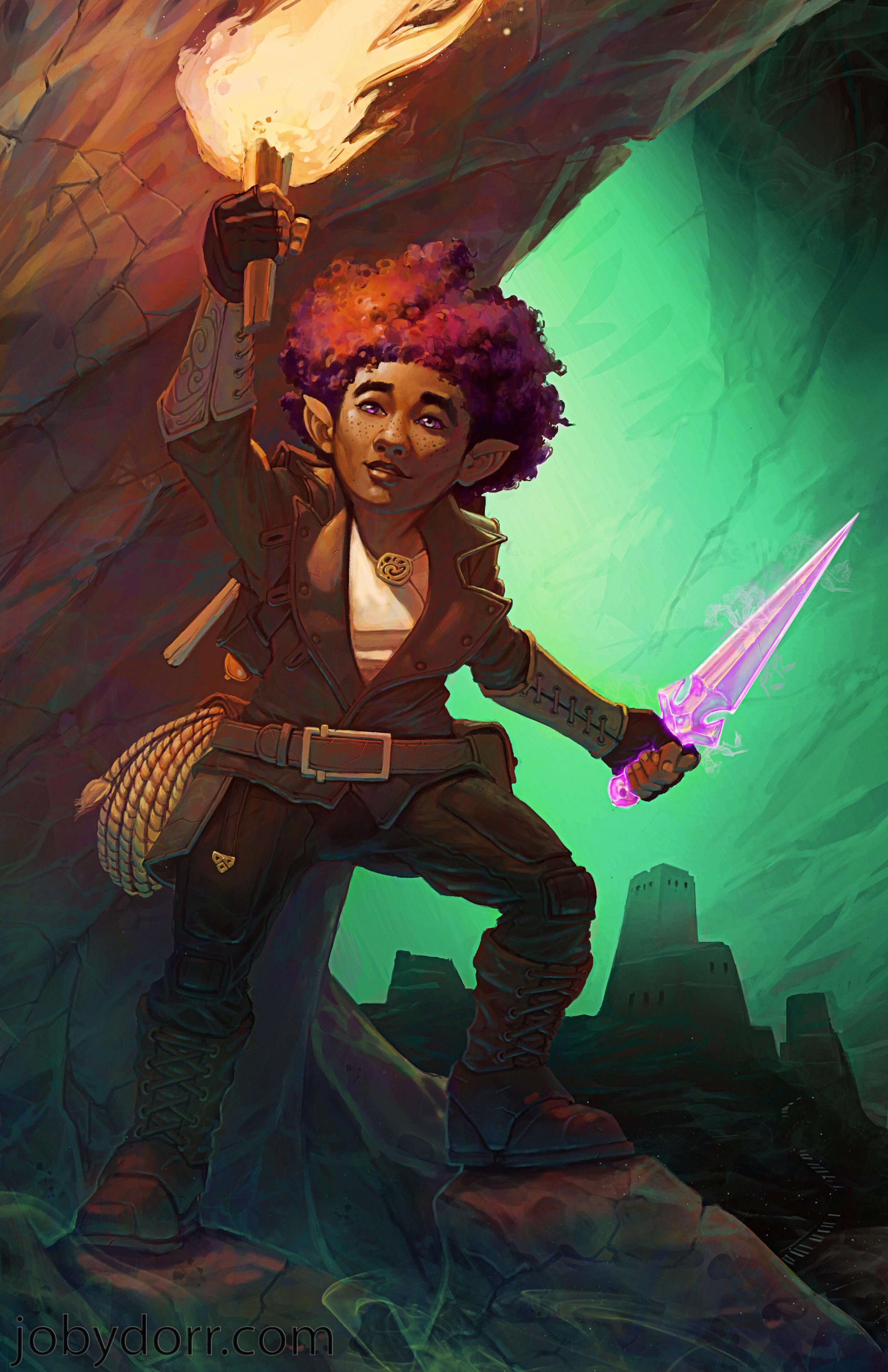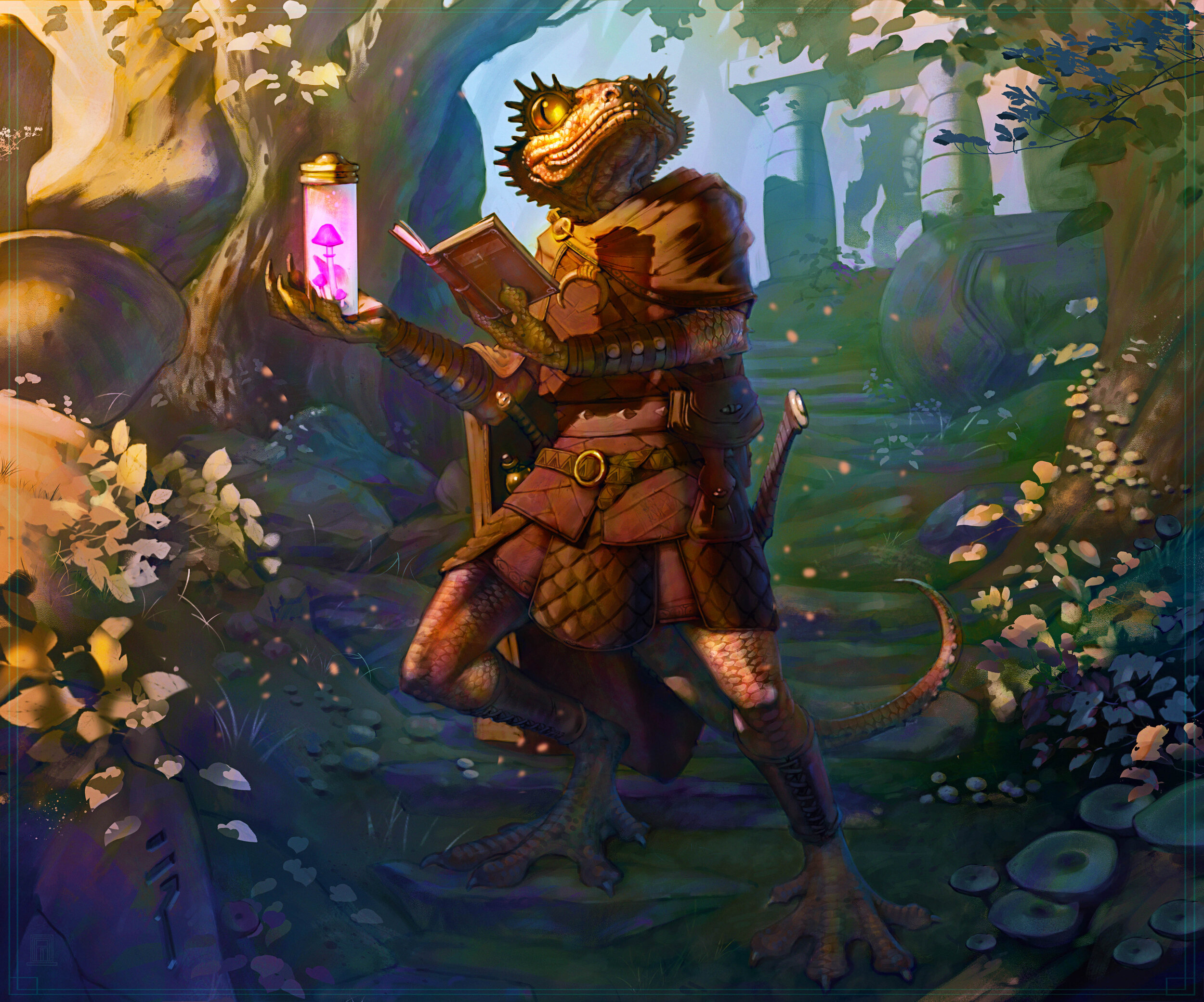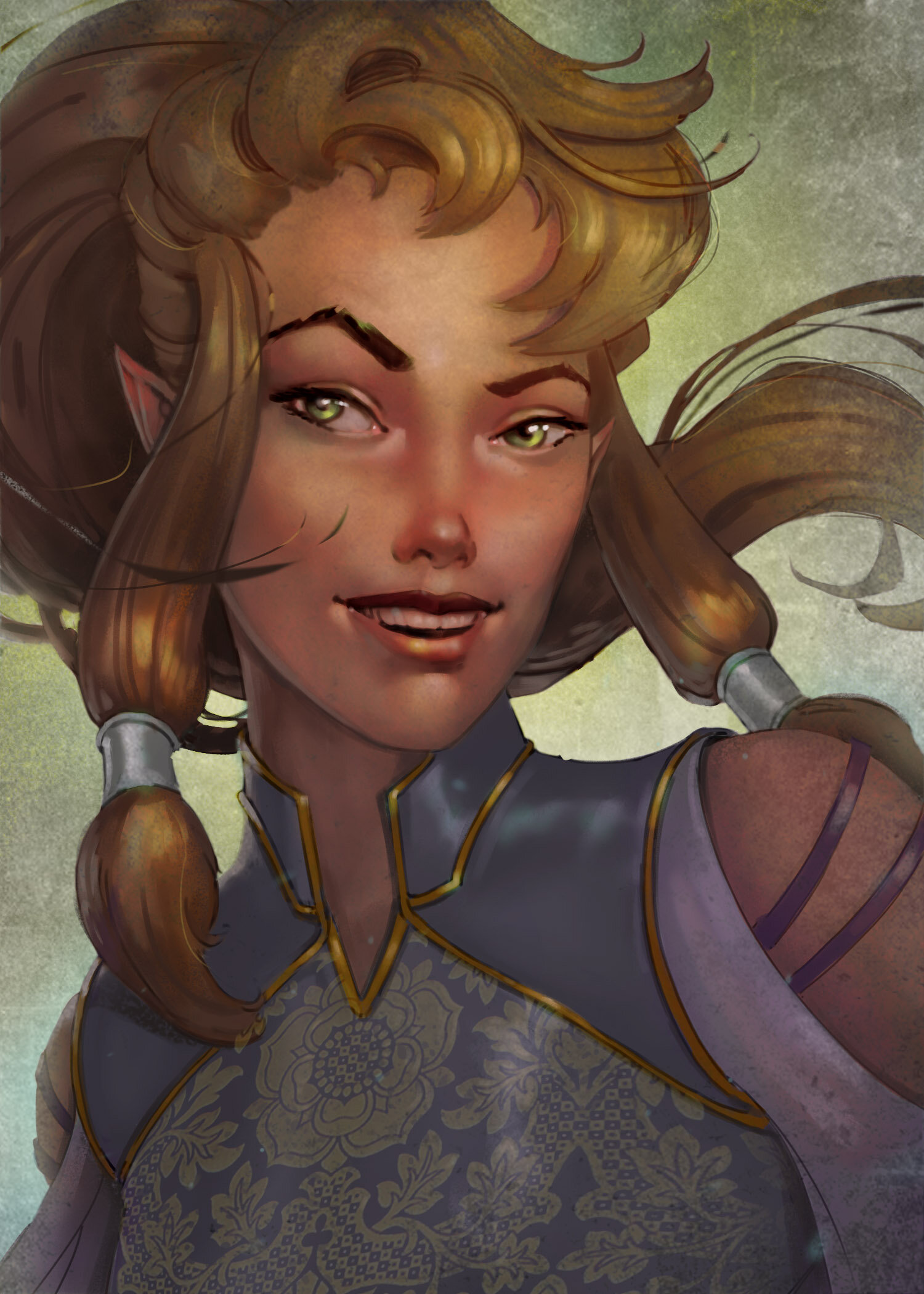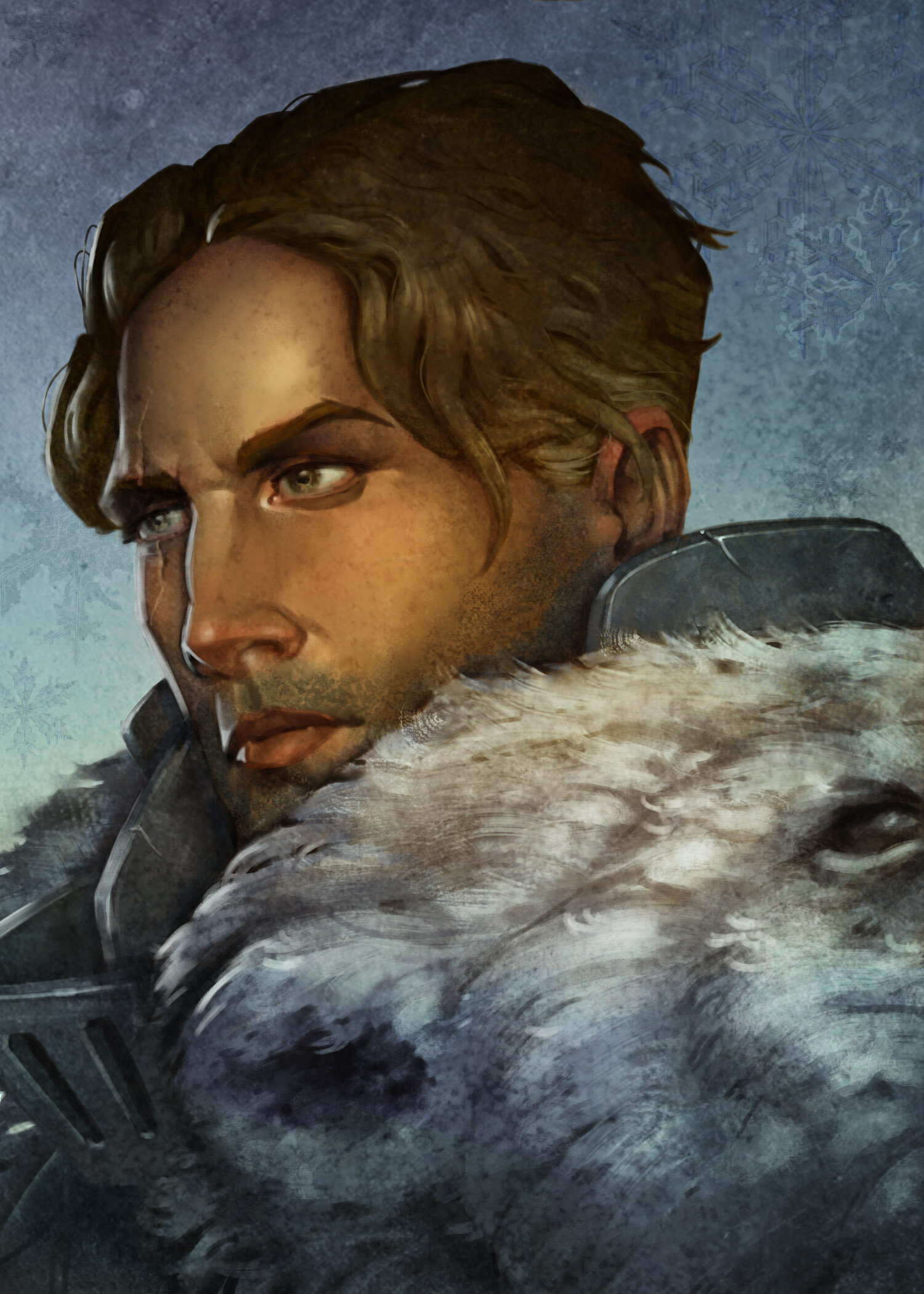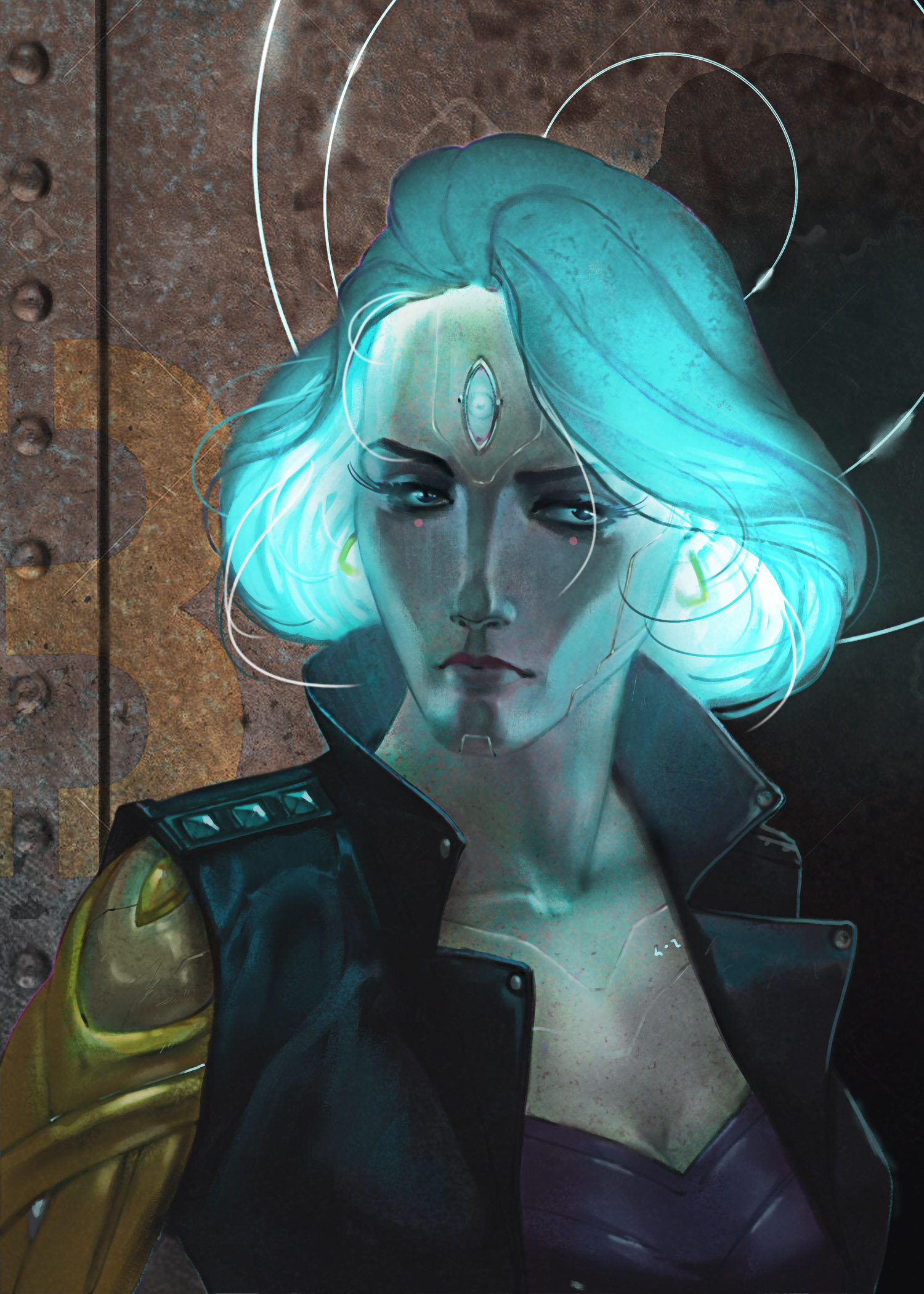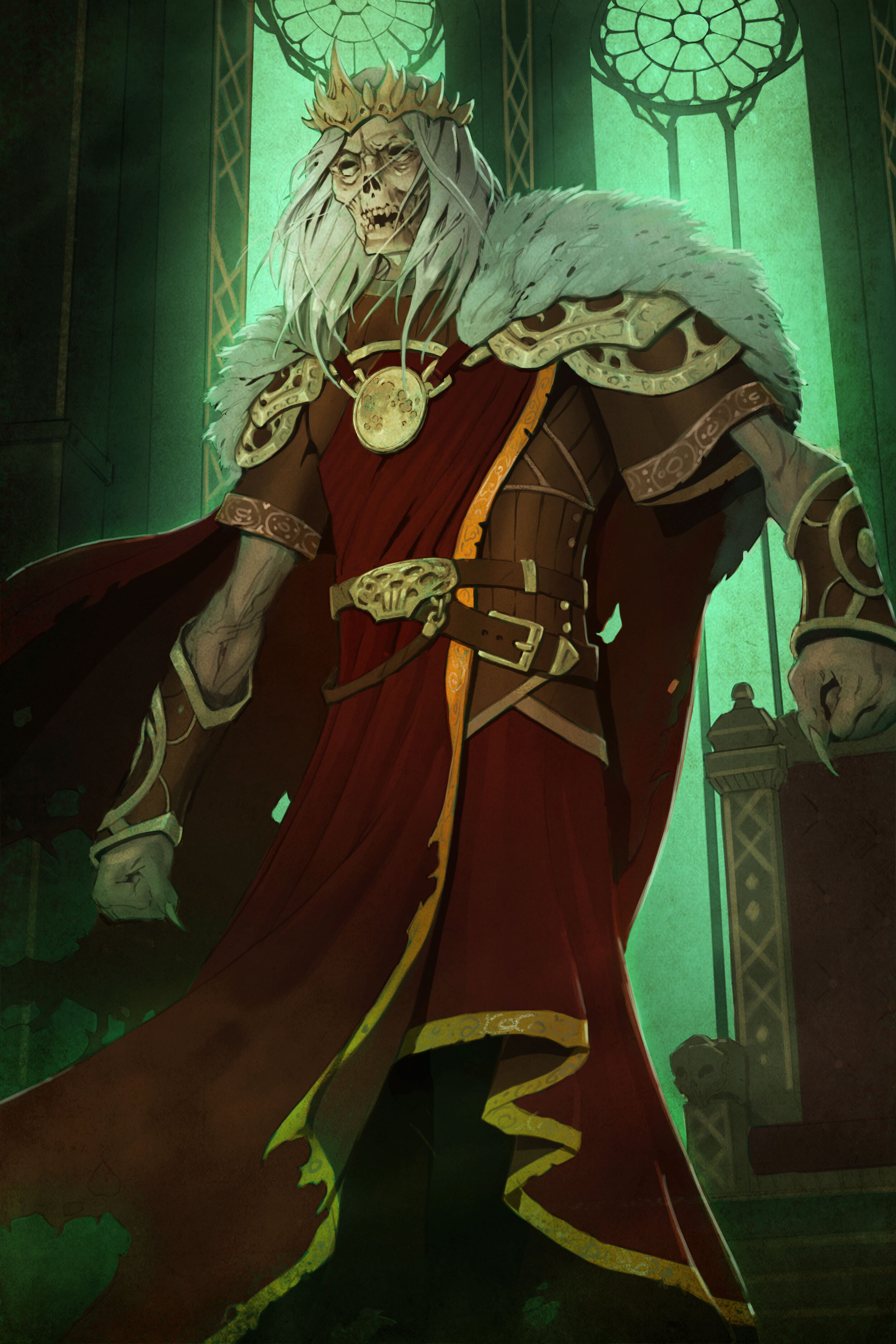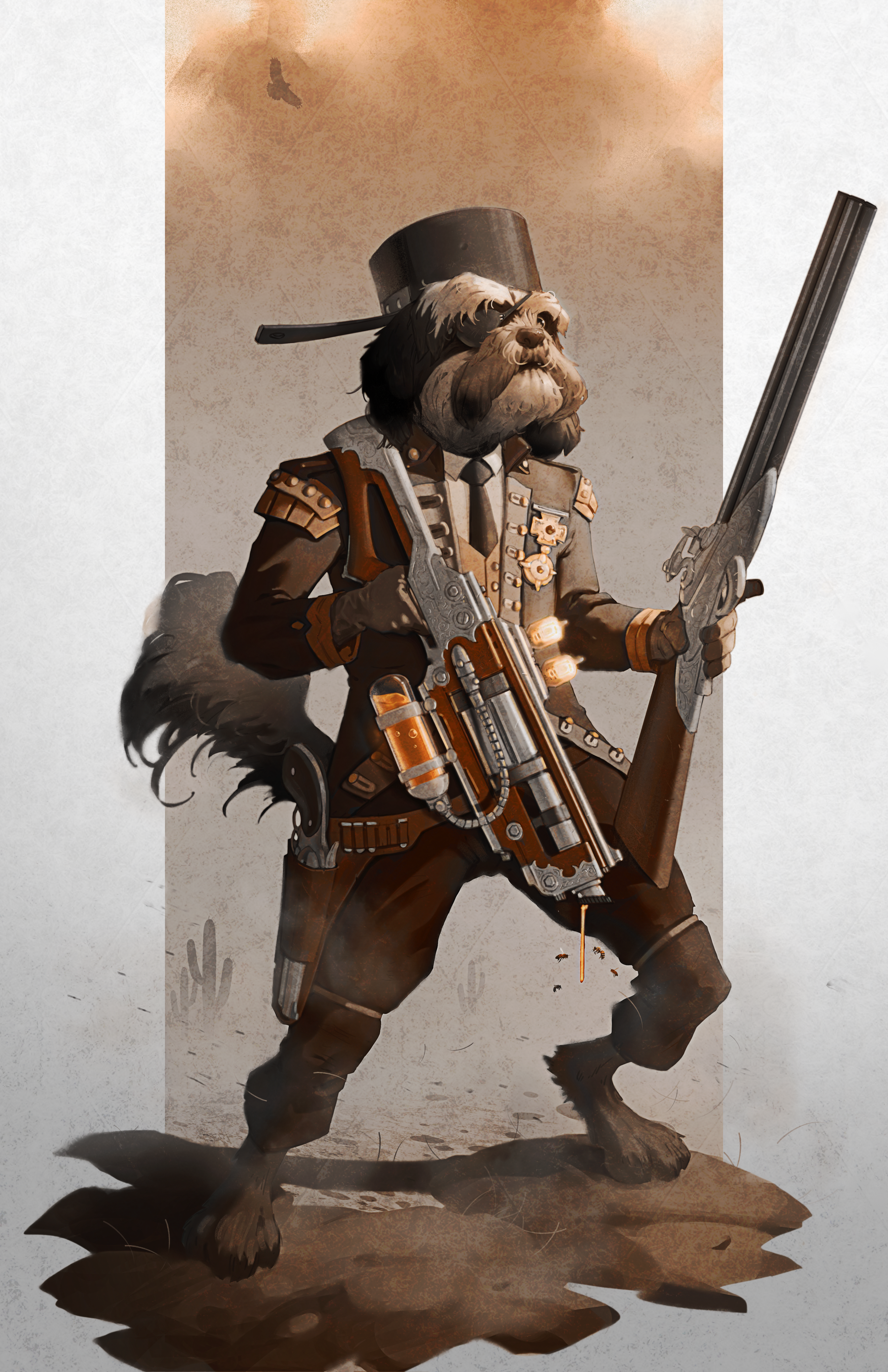Monetizing Your Digital Art: Strategies for Success
/Being an artist can sometimes make it difficult to find ways to promote and sell your work. The digital age has made it possible for people to share and sell their work across the internet, but this can be difficult to do as a digital artist. So, how can you monetize your digital artwork?
To earn from digital art, showcase it on online platforms or create a personal website and sell directly. Offer custom digital art commissions as well. Success will come from creating high-quality, original art, and building a strong online presence to attract buyers and grow your audience.
In this blog post, we will explore these concepts in depth. If you have digital drawings that you share with the world and would like to monetize them, then read on!
Balance Authenticity and Strategy in Online Art Sales: Identify Your Niche
Selling art online can be a great way to reach a wider audience and make a living doing what you love. However, it's important to approach this with a strategic mindset. One key element of success is to identify your niche and be true to your inner voice as an artist. Don't simply chase trends or try to create art that you think will sell well. Instead, focus on making the art that speaks to you and that you are truly passionate about.
Once you have a clear idea of your niche, it's important to research the various ways you can present your art as merchandise or stock content. This can include selling prints, offering digital downloads, creating merchandise like t-shirts or stickers, or even licensing your work for use in marketing or other materials. By understanding the various options available to you, you can identify the strategies that will work best for your specific art and target audience.
Ultimately, the key to selling art online is to remain authentic to yourself as an artist while also being strategic in your approach.
Find A Digital Marketplace That Is Right For Your Art
Finding a digital marketplace can be tough, especially with so many digital artists competing to be seen. That is why you need to choose an online marketplace that is right for you.
We recommend looking at a digital marketplace that has an affiliate program in place, or one that offers free listings and gives digital art buyers the chance to buy artwork without commission fees (or choose not to pay any).
The following are some popular digital marketplaces you can list your digital art on:
Etsy - Etsy is perfect for all types of art, including digital art prints, digital collages, and digital paintings.
Redbubble - Redbubble is good for digital illustrations, digital drawings, and digital designs that can be used to create products, like stickers, t-shirts, water bottles, and more.
Shopify - Shopify is great for digital illustrations, digital drawings, digital designs, and digital collages.
Society Six - Society Six has many different categories of artwork you can create including wall art, home decor, furniture, apparel, and lifestyle products. Society Six also offers a range of digital art prints and digital paintings.
Redbubble and Society Six operate a bit differently than Etsy and Shopify because they will fulfill, print, and ship all orders for you.
Etsy and Shopify connect you with customers, but you are responsible for all procurement and shipping of products.
If you're looking to monetize your digital artwork in a way that does not involve using a marketplace such as Etsy or Shopify, you could also try going with an online publisher platform such as FineArtAmerica.
Create A Website and Market Your art
Creating your own personal website to sell digital art has several benefits that, in the personal opinion of this author, make it the superior choice in spit of the added cost,
The advantages of a personal site include complete control over the content, the ability to leverage SEO to drive traffic, and the potential to advertise third-party products and monetize the site traffic.
While it does require more upkeep, the freedom that comes with managing your own site can be worth it.
To create a website to sell your digital art, follow these steps:
Register a domain name of your choice
Set up hosting for the site
Choose a content management system, like WordPress, to use for the website
Upload digital artwork to the site, and optimize images to ensure fast loading times
Add an eCommerce platform like PayPal to facilitate sales and payments
Include a contact form for potential customers
Promote the website using social media and other marketing strategies
Set up an email account specifically for digital art notifications
Offer digital downloads at different price points to appeal to a wider audience
When setting prices for your digital art, make sure to factor in the costs of maintaining the website, including domain name registration, hosting fees, payment processing setup costs, and security measures like SSL certificates and backups. If you plan to sell prints, you should also factor in shipping costs and insurance if necessary.
While creating your own website can be more work, the benefits it offers can be worth it in the long run. With a little effort and marketing, you can create a successful online marketplace for your digital art.
How to Market and Advertise Your Digital Art
When it comes to promoting your artwork online, it's important to cast a wide net and test out various platforms to see what works best for you. Experiment with different platforms, including social media, online marketplaces, and your own website. Each platform has its own strengths and weaknesses, and you'll need to do some research to find the best practices for gaining engagement on each one.
The 80/20 rule is a good principle to follow when it comes to promoting your artwork online. This rule states that 80% of your results will come from 20% of your efforts. So, you'll want to use the process of testing and research to identify the platform where you're seeing the most engagement and focus 80% of your energy there.
In addition to promoting your artwork directly on various platforms, you can also use the traffic funnel technique. This involves posting creative content elsewhere on the web and directing traffic to a central hub where you can showcase and sell your artwork. Again, it's important to test and research to find the platform that works best for you, and focus on driving traffic from all other places you share content to that platform. By using a combination of these strategies, you can increase your visibility and sales potential for your artwork online.
Some
Advertising shouldn’t be top priority but it can be effective in some cases: Use digital advertising platforms like Google AdWords and Facebook Ads to create targeted ads that will reach potential customers interested in what you have to offer. This is especially helpful if you're looking for high-level clients who are willing to spend more than average on digital artwork! Advertising through these mediums may also come at lower expense rates when compared with other means, such as print advertisements which can cost up to tens of thousands per month.
Put your marketing skills to the test: Utilize marketing tactics such as branding, copywriting and content creation to increase awareness about your digital art online. This will help bring more prospective buyers through your door with no additional cost involved other than time spent working on these strategies!
Use social media: Even if you focus your energy on a personal site social media will always be a powerful tool for driving traffic. Using platforms like TikTok and Instagram to get your customers' attention will make you stand out and stay relevant. Twitter can be especially powerful because of its ‘spaces’ which allow you to host or participate in live discussions and directly market yourself to new audiences. I highly recommend familiarizing yourself with that platform.
NFTS: Advantages of Selling Tokenized Digital Art
Selling digital art as NFTs (non-fungible tokens) has become a popular trend in the art world, and for good reason. NFTs provide a unique way for artists to sell their work directly to collectors, without the need for intermediaries like galleries or auction houses. One of the primary advantages of selling digital art as an NFT is that it allows artists to retain ownership of their work and receive royalties every time it is resold in the future. This can provide a reliable stream of income for artists, even as the value of their work increases over time.
Another advantage of NFTs is that they allow for a greater level of transparency and authenticity in the art world. Each NFT is unique and can be easily verified as the original work, which reduces the risk of fraud or counterfeit pieces. Additionally, NFTs provide a way for artists to reach a global audience, as they can be easily bought and sold online using cryptocurrency.
However, there are also some potential disadvantages to selling digital art as NFTs. For one, the process of creating and selling an NFT can be complex and requires some technical knowledge. Additionally, the market for NFTs can be volatile and subject to fluctuations, which means that artists may not always receive the full value of their work.
If you're interested in selling your digital art as an NFT, the process typically involves the following steps:
Create your artwork in a digital format.
Choose a platform to mint your NFT, such as OpenSea or Nifty Gateway.
Upload your artwork to the platform and set the terms for the sale, such as the price and royalties.
Once your NFT is minted, you can sell it on the platform or through other channels like social media or your own website.
Overall, selling digital art as NFTs can be a lucrative and exciting way for artists to showcase their work and build their careers. While there are some potential drawbacks, the benefits of NFTs are significant and provide a unique opportunity for artists to control the distribution and ownership of their work.
Artists Need to Understand the “Traffic Funnel”
This concept is so important, it is worth discussing in its own section.
Creating a strong customer base is key to being successful in the digital art business. No matter what your artwork is unique, you must now find the right customers by using marketing and advertising to attract them.
When marketing your artwork online, it's important to understand the concept of the "traffic funnel." This refers to the journey that a potential customer takes from discovering your artwork to making a purchase.
When it comes to using the traffic funnel, it's important to identify the platform that suits you best and focus on driving traffic from all other places you share content to that platform. By doing so, you can ensure that potential customers are consistently directed to your central hub, where you have the greatest ability to engage and convert them.
Once potential customers arrive at your website of choice, the next step is to engage them with your content and provide them with information about your artwork. This is where you can use tactics such as offering free samples of your work or providing detailed descriptions of your pieces.
Finally, you want to lead customers to take action and make a purchase. This can be done by providing clear calls to action and making the purchasing process as simple and straightforward as possible.
It's worth noting that the traffic funnel can also refer to using content posted elsewhere on the web to drive traffic to your central hub. This could include posting on social media, guest posting on other websites, or creating content for YouTube or other platforms.
To restate a key important point: When it comes to using the traffic funnel, it's important to identify the platform that suits you best and focus on driving traffic from all other places you share content to that platform. By doing so, you can ensure that potential customers are consistently directed to your central hub, where you have the greatest ability to engage and convert them.
In Summary
You can monetize digital art in many ways, using many different platforms. In the end, it comes down to advertising and marketing your digital art to increase awareness about you selling it online.
The key is getting people excited about digital artwork for a long-term payoff. Oftentimes, art can speak for itself. And if you have excellent customer service and great quality art, you will no doubt be successful in monetizing your digital art.














